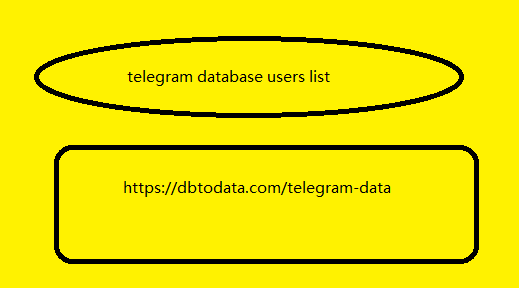Table of Contents Hide
1. What is the accounting principle for account 151 – Goods in transit?
2. Structure and reflection content of account 151 – Goods in transit
3. Accounting method for some main transactions of account 151 – Goods in transit
3.1. Accounting for inventories using the perpetual inventory method
3.2. Accounting for inventories using the periodic inventory method
Conclusion
1. What is the accounting principle for account 151 – Goods in transit?
accounting principles account 151
a) Account 151 is the account used to reflect the value of goods and supplies (goods; raw materials, materials; tools, equipment) purchased from outside that are owned by the enterprise and are still in transit, at ports, yards, bonded warehouses or have arrived at the enterprise but are awaiting warehouse acceptance.
b) Goods and materials considered to be owned by the enterprise but not yet in stock, include:
– Goods and materials purchased from outside have been paid for or have been accepted for payment but are still in the seller’s warehouse, at the port, at the yard or in transit;
– Goods and materials purchased from outside hong kong telegram data have arrived at the enterprise but are waiting to be tested and accepted for storage.
c) Goods in transit are recorded by accountants in account 151 according to the original cost principle
prescribed in the Accounting Standard on “Inventories”.
d) Every day, when receiving a purchase invoice, but the creating a media planmedia planning of an goods have not been put into the warehouse, the accountant does not record it but compares it with the economic contract and saves the invoice in a separate file: “Purchased goods in transit”.
During the month, if the goods are imported into the warehouse, the accountant canada data needs to base on the warehouse receipt and purchase invoice to record directly into the following:d) In case the goods have not yet arrived at the warehouse by the end of the month, the accountant needs to base on the purchase invoice to record in account 151 – “Purchased goods in transit”. At the same time, the accountant must open details to track the purchased goods in transit by each type of goods, materials, each shipment, each economic contract.
2. Structure and reflection content of account 151 – Goods in transit
The Debit side includes:
– Value of goods and materials that the enterprise has purchased and is in transit;
– Carry over the actual value of purchased materials in transit at the end of the period (in case the enterprise accounts for inventories using the periodic inventory method).
The Parties include:
– Carry over the actual value of purchased goods and materials in transit at the beginning of the period (in case the enterprise accounts for inventories using the periodic inventory method).
Debit Balance:
– Value of goods and materials that the enterprise has purchased but are still in transit (not yet in the enterprise’s warehouse).
Note: Account 151 – Goods in transit does not have a level 2 account.
See More: What is inventory turnover ? Meaning and detailed calculation

